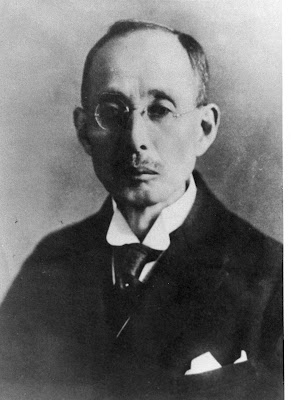By Yoshiya Makita
In the countryside, an hour’s train ride away from the noisy central districts of Tokyo, the buildings of Takinogawa Gakuen stand in solitude, surrounded as they are by deep forest and tiny streams. As a social welfare center, Takinogawa Gakuen provides services to people with mental disabilities. The small institution has a long history. Visitors learn with a sense of surprise that this first institution of its kind, which was established in Japan more than a hundred years ago, continues its mission on the western outskirts of the metropolis.
In the past ten years, the field of disability history has been expanding hugely to include various areas of research from diverse perspectives. No historian can now ignore the critical importance of disability, which influences one’s social life, at the intersection with other social attributes such as race, gender, and class. To this current state of the field, the story of Takinogawa Gakuen and its founder Ryoichi Ishii will add another new viewpoint: a transnational perspective on the history of disabilities. What it means to be disabled varies with location. But historical inquiries reveal that different institutions of disability in various localities have often developed through transnational exchange of ideas and practices beyond borders.
In the countryside, an hour’s train ride away from the noisy central districts of Tokyo, the buildings of Takinogawa Gakuen stand in solitude, surrounded as they are by deep forest and tiny streams. As a social welfare center, Takinogawa Gakuen provides services to people with mental disabilities. The small institution has a long history. Visitors learn with a sense of surprise that this first institution of its kind, which was established in Japan more than a hundred years ago, continues its mission on the western outskirts of the metropolis.
In the past ten years, the field of disability history has been expanding hugely to include various areas of research from diverse perspectives. No historian can now ignore the critical importance of disability, which influences one’s social life, at the intersection with other social attributes such as race, gender, and class. To this current state of the field, the story of Takinogawa Gakuen and its founder Ryoichi Ishii will add another new viewpoint: a transnational perspective on the history of disabilities. What it means to be disabled varies with location. But historical inquiries reveal that different institutions of disability in various localities have often developed through transnational exchange of ideas and practices beyond borders.
 |
| Portrait of Ryoichi Ishii (Courtesy of Takinogawa Gakuen) |



